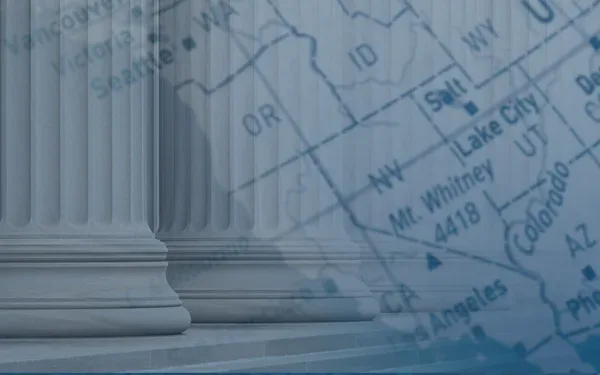Stakeholder call on 20-Year Transmission Outlook set for Tuesday, July 27

When the ISO kicked off its new 20-Year Transmission Outlook planning process in May, it signaled a growing recognition that we needed a better way of understanding how transmission projects being considered now and in the near future would fit into the state’s needs over the long-term.
During that initial stakeholder meeting, we explained the importance of initiating a less-structured and longer-term framework to consider our future opportunities and challenges outside the ISO’s tariff-based 10-Year Transmission Plan that focuses on project needs and approvals over the next decade.
Such a broader timeframe is called for given California’s ambitious goals for greenhouse gas reductions by 2045 and the resource decisions being made now that will affect California’s energy system for the next 20 to 30 years and beyond.
As expected, we received constructive comments from a number of interested stakeholders that are helping inform these longer-term planning considerations. Now, with an important public stakeholder call scheduled for Tuesday, July 27 from 1 p.m. to 4:30 p.m. PST, we will drill down with stakeholders into some of the details of specific scenarios that are being considered.
This new effort reflects the ISO’s ongoing commitment for a more proactive, comprehensive and forward-looking evaluation of in-state and out-of-state transmission capabilities needed to meet the state’s procurement needs now, over the next decade, and over the longer term as we work to meet the goals spelled out in Senate Bill 100 for a carbon-free electric grid by 2045.
As part of that commitment, we have stepped up our level of coordination and collaboration with the California Public Utilities Commission and the California Energy Commission. That way, we can all better understand and anticipate California’s transmission needs over the long term.
At the same time, of course, we continue to engage with California utilities, resource developers and other stakeholders to improve our overall and more immediate transmission planning processes. Our one-year and 10-year planning efforts continue in parallel with the new 20-year planning outlook. I am confident that establishing a clearer vision for the future will help all of us identify better solutions for the near term as well.
California, as our stakeholders know, is still in the relatively early stages of a profound transition of our energy system as the state moves away from fossil fuels to cleaner and more sustainable sources of energy. Just one of the clear markers of the stakes at play in that transition came on June 24. That’s when the California Public Utilities Commission approved a historic directive to investor-owned utilities to add 11,500 megawatts of clean energy to their systems over the next few years. As that work occurs, we also need to make sure that we have the necessary transmission infrastructure to deliver that new clean energy to California consumers and businesses.
At the end of the day, I believe that enhancing our ability to focus more intently on California’s longer-term transmission needs, we can also achieve greater consensus on the projects we need to plan, build and move forward on today and over the short and medium-term.
With a sharper eye on a longer planning horizon, we can be better informed and more confident that solutions we identify today are the right solutions. We will have greater context and more information about how those solutions will fit into the energy landscape in California 20, 30, 40 years from now and beyond. With that greater understanding, we can also move more quickly on projects we need in the near term because we will also have a clearer understanding of how they fit into our long-term needs as well.
We look forward to another productive and constructive stakeholder call on July 27 and hope all interested parties can participate. And here is additional information on how to take part in the call.


